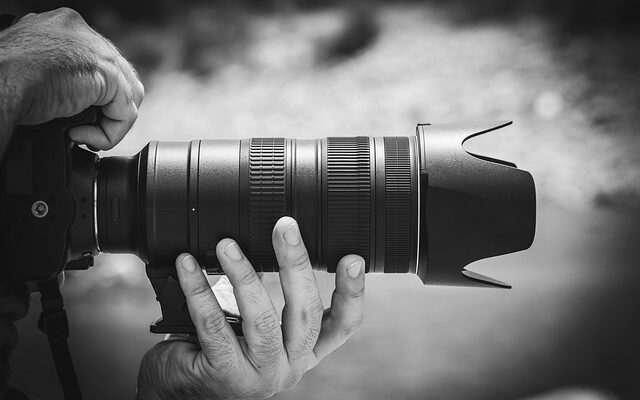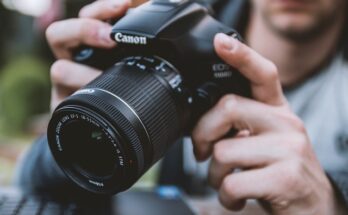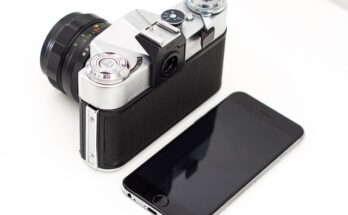Cameras are not just devices to capture images; they are tools that open windows to creativity, enabling us to freeze moments in time, document events, and express our perspectives. With advancements in technology, the diversity of camera types has expanded, catering to various needs and preferences. From the simplicity of point-and-shoot cameras to the sophistication of DSLRs and mirrorless cameras, each type serves a unique purpose. Let’s delve into the world of cameras and explore their types and functionalities.
1. Point-and-Shoot Cameras:
.These cameras are perfect for casual photographers or beginners who want hassle-free operation. They feature automatic settings for exposure, focus, and flash, requiring minimal user input. Point-and-shoot cameras are compact, lightweight, and easy to carry around, making them ideal for everyday photography and travel. While they may lack the advanced features and image quality of higher-end cameras, they offer convenience and affordability.

2. DSLR Cameras:
Digital Single-Lens Reflex (DSLR) cameras are the preferred choice for many professional photographers and enthusiasts. These cameras feature a mirror mechanism that reflects light from the lens to an optical viewfinder, allowing photographers to preview the scene directly through the lens. DSLRs offer interchangeable lenses, manual controls for exposure settings, and advanced features such as autofocus systems and image stabilization. They deliver high-quality images with excellent detail and versatility, making them suitable for a wide range of photography genres, including portraits, landscapes, and action shots.
3. Mirrorless Cameras:
Mirrorless cameras have gained popularity in recent years due to their compact size, lightweight design, and advanced technology. Unlike DSLRs, mirrorless cameras do not have a mirror mechanism, allowing for a more compact and streamlined body. They excel in areas such as video recording and continuous shooting, making them a favorite among videographers and street photographers.

4. Action Cameras:
Action cameras are specifically designed for capturing high-energy activities and extreme sports. These compact, rugged cameras are built to withstand harsh conditions, including water, dust, and impact. Action cameras feature wide-angle lenses, built-in stabilization, and durable housings that can be mounted on helmets, bikes, or vehicles. They excel in capturing immersive, first-person perspectives and high-speed action, making them popular among adventure seekers, athletes, and content creators.

5. Medium Format Cameras:
Medium format cameras are the pinnacle of image quality and resolution, favored by professional photographers for commercial and studio work. These cameras use larger sensors than DSLRs and mirrorless cameras, resulting in superior image quality, dynamic range, and detail. Medium format cameras typically have interchangeable lenses, manual controls, and advanced features for precise control over exposure and focus. While they are bulkier and more expensive than other types of cameras, they deliver unparalleled image quality, making them indispensable tools for professional photographers.
Conclusion:
The world of cameras is vast and diverse, offering a plethora of options to suit every photographer’s needs and preferences. Whether you’re a casual shooter looking for simplicity or a professional seeking the highest image quality, there’s a camera type for you. From the compact convenience of point-and-shoot cameras to the versatility of DSLRs and mirrorless cameras, each type offers unique features and capabilities. Understanding the differences between camera types can help you make informed decisions and unleash your creativity in the world of photography



